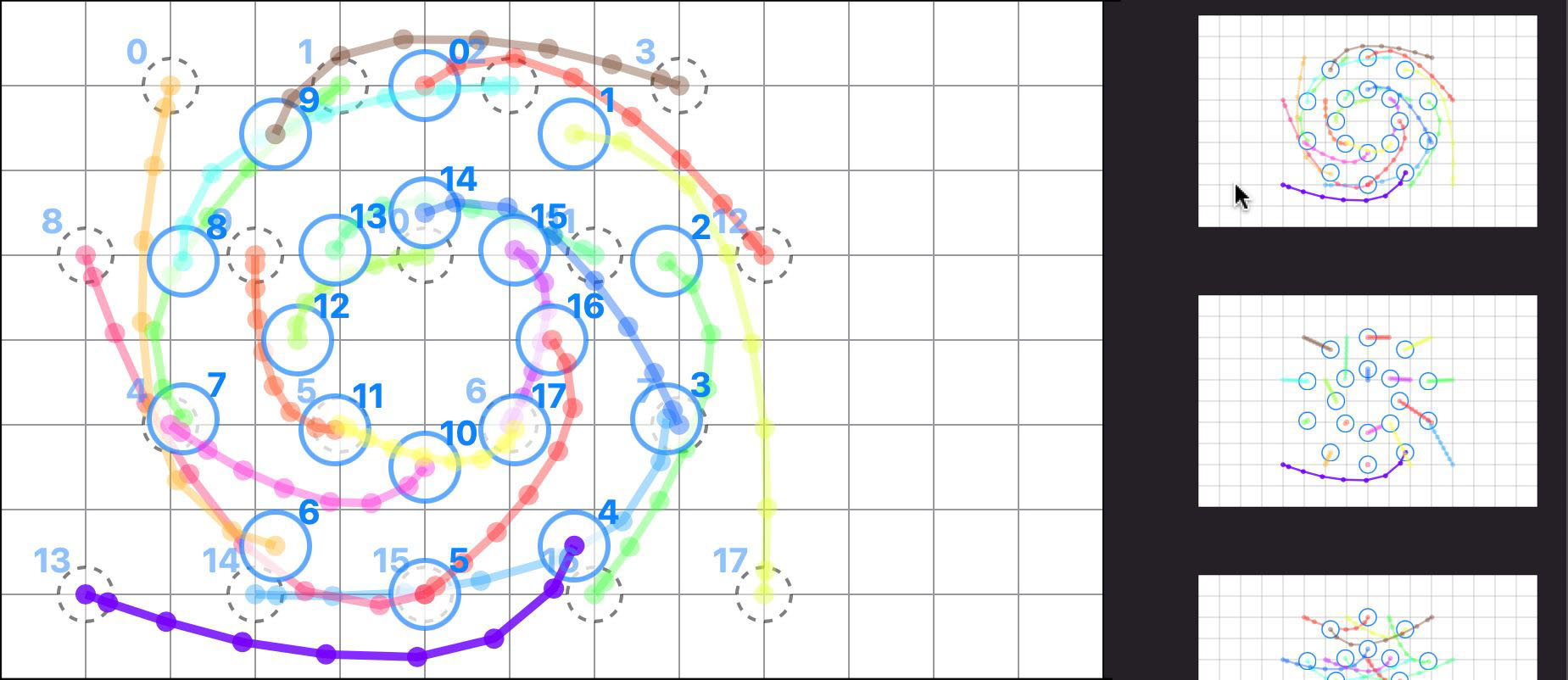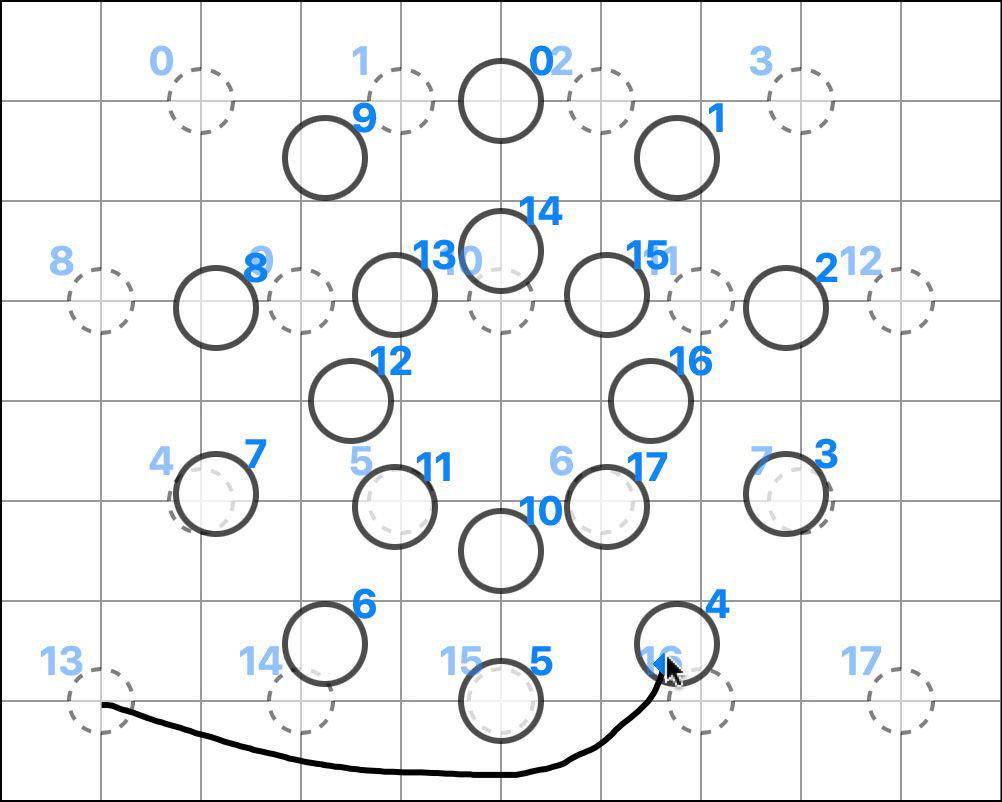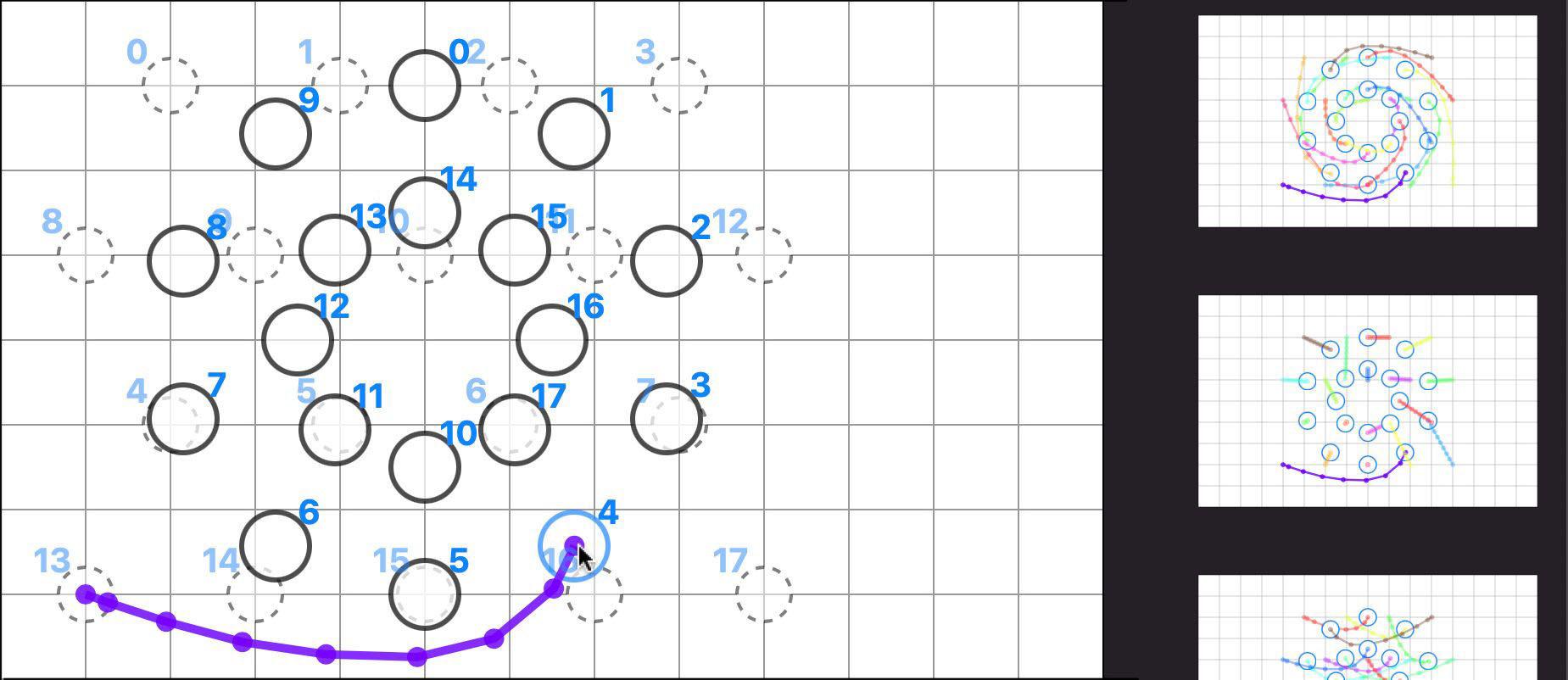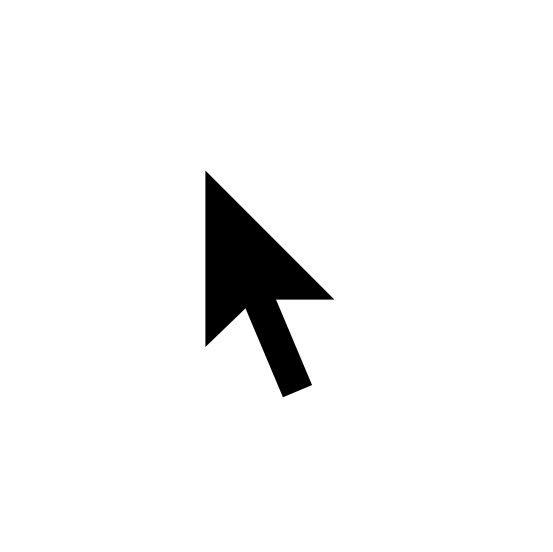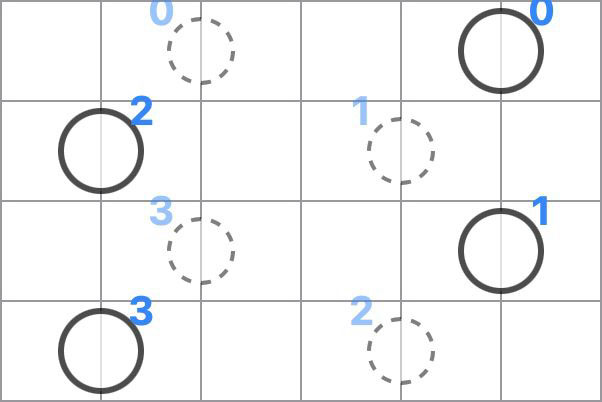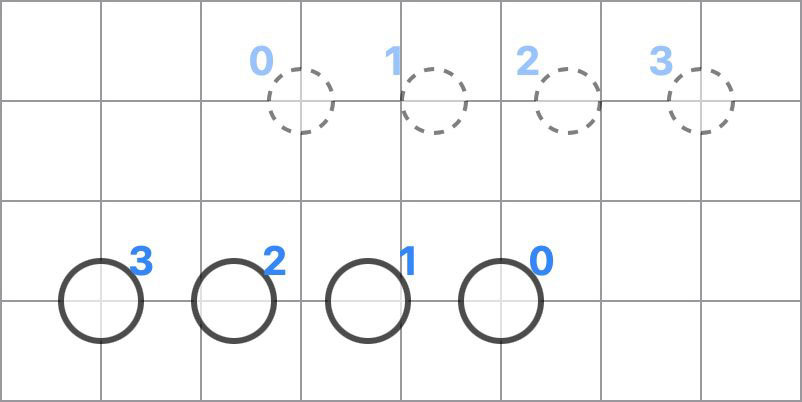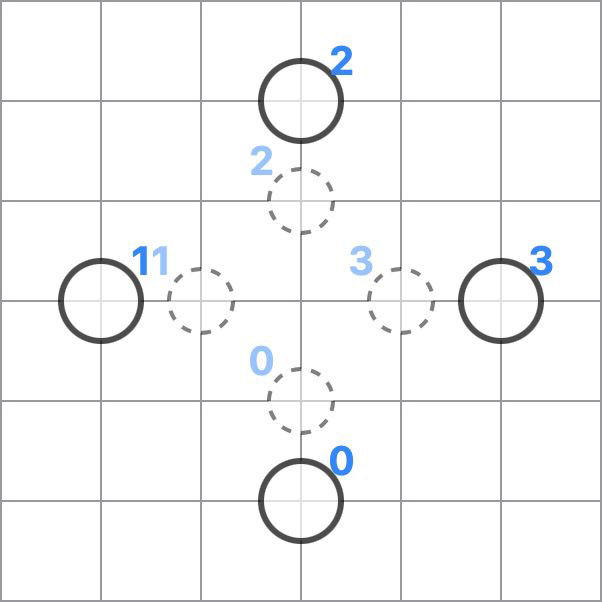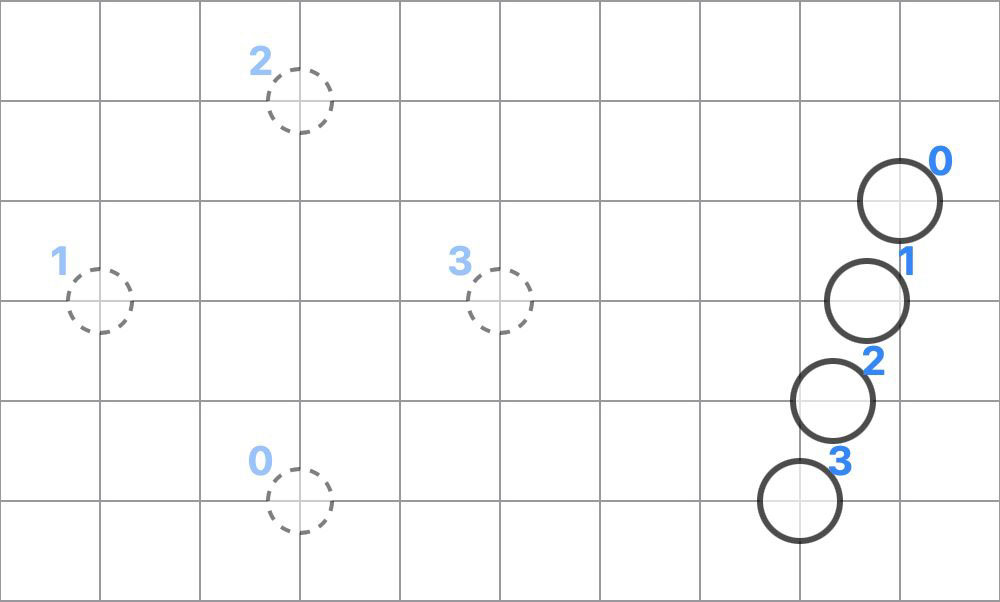“A Suggestive Interface for Designing Dance Formations” by Endo, Noh, Nakashima, Yang and Igarashi
Conference:
Type(s):
Entry Number: 24
Title:
- A Suggestive Interface for Designing Dance Formations
Presenter(s)/Author(s):
Abstract:
In group dance performances, formations and transitions between them are one of the important components to attract an audience. Choreographers often design such formations and transitions using a pen and paper, but static diagrams on paper are unsuitable for understanding when and how each dancer moves.
One possible approach to this problem is to make animations of the transitions. These animations are helpful in intuitively understanding the movements. Some applications and research have been undertaken to make such animations [Lee 2014; Schulz et al. 2013; Soga and Yoshida. 2012]. However, most of them only support straight paths and thus cannot create complex movements. DanceDesigner [Choreo Technology 2009] can freely design the locomotion of each dancer, but the user has to manually create each path one by one.
We propose a system that helps to design group dance formations and transitions. Inspired by Igarashi and Hughes [2001], our system is equipped with a suggestive interface. A user first draws some strokes that represent the paths of some dancers as input on the screen. Our system then predicts the other paths using predefined rules and generates multiple candidates. These suggestions are prioritized and listed as thumbnails. The user can complete the design by selecting one from these thumbnails.
Keyword(s):
Acknowledgements:
This work was supported by JST, CREST Grant Number JPMJCR17A1, Japan.

